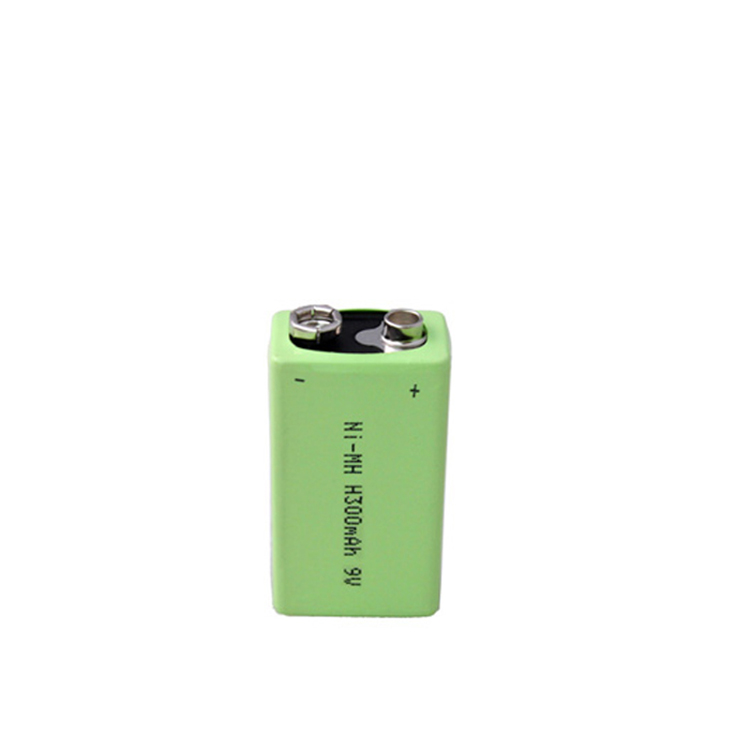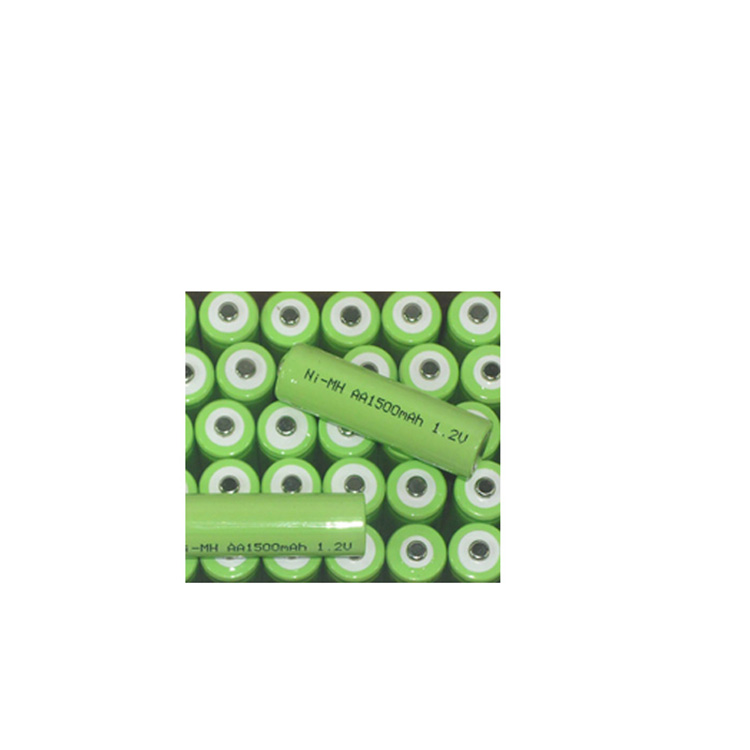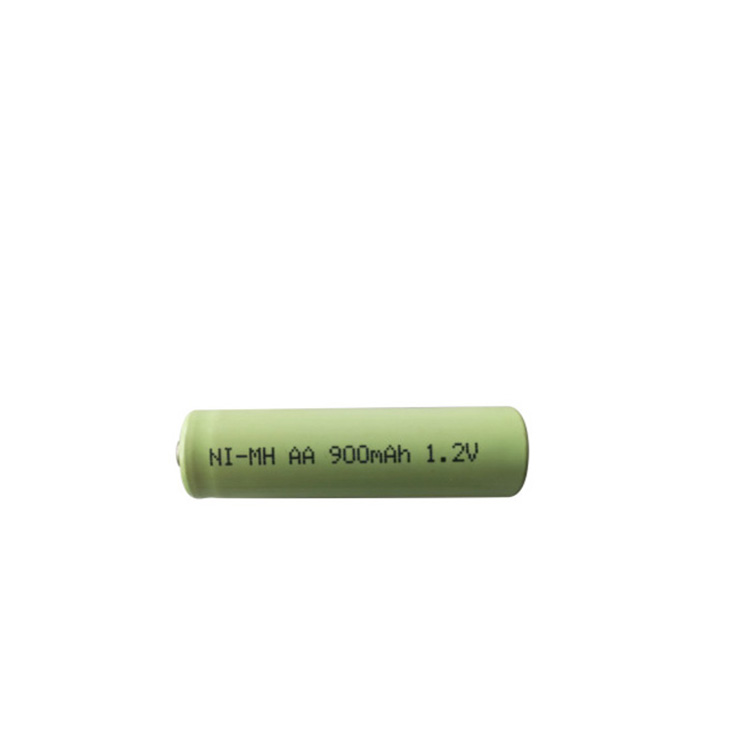Entering an environment, the lighting effect is not good, we can always feel it all at once, but if you don't, you can't understand it. There are thousands of kinds of performances with poor lighting effects, but the factors affecting the light effect come down to the following: illumination, brightness, color rendering, glare and light projection direction. These factors are the key to high-quality lighting effects. . Reasonable illumination level Increased illuminance within a certain range can improve visual function. In determining the illuminance required for the illuminated environment, the size of the object to be observed and the degree of contrast with the background brightness must be taken into consideration to ensure the basic requirements of vision with uniform and reasonable illumination. Here is a misunderstanding for everyone. For indoor lighting, the uniformity of illumination is not as good as possible. Appropriate illumination changes can activate the atmosphere of the room and enhance people's aesthetic taste. Of course, it is necessary to maintain proper illumination uniformity in places with relatively dense jobs. How to design the indoor illumination ratio is reasonable, here is also a reference standard: The uniformity of indoor lighting refers to the ratio between the minimum illuminance and the average illuminance, which is generally not less than 0.7. The illuminance of the non-working area should not be less than 1/3 of the illuminance of the working area. The average illuminance values ​​of adjacent spaces cannot differ by more than 5 times. Scientific brightness distribution Luminance refers to the luminous intensity of the illuminant in the projected area of ​​the illuminant unit, in units of cd/m2. It represents the intuitive perception of the brightness of a person's vision. The brightness distribution of indoor lighting is determined by the distribution of illumination and the surface reflectance. In the interior lighting design, care should be taken to ensure a suitable brightness distribution. In general, the distribution of brightness differences is too great to cause damage to human vision, and uncomfortable glare (ie, irritating eyes). In general, the human eye can accept a brightness distribution with six levels, as follows: But in the same place, people's eyes can't cross three levels. There are two different photoreceptor systems in the human retina, namely bright vision and dark vision. The eye changes the brightness of the outside world, and can properly adjust the cone cells and columnar cells of the eye to have a suitable sensitivity. This phenomenon is called "brightness adaptation". The dark adaptation process is slow, and the bright adaptation process is much faster. For example, when we stay in the sun for a long time and then enter a dimly lit house, we will feel that we can't see anything. It takes 5-10 minutes to adjust to the dark environment. Bright adaptation takes only 2-4 minutes. can. For example, when we stayed at the hotel, getting up in the morning and pulling thick curtains would feel the glare and glare of the outside, but the glare and dizziness quickly disappeared. In the lighting design, we should also pay attention to the influence of light and dark vision, such as the hotel corridor, which is the passage connecting the lobby and the guest room. Soft light and low illumination should be set to prepare the guests for visual transition. Also pay attention to the design of commercial shops. During the daytime, all indoor lighting should be lighted in the store, one is to avoid the aquarium effect, and the other is to adjust the guest's adaptation to the light and dark environment. Color rendering of light source There are many kinds of light sources, and their spectral characteristics are different. Therefore, the same object will show different colors under the illumination of different light sources, which is the color rendering of the light source. Usually, people are accustomed to distinguishing colors in daylight. Therefore, when comparing color rendering, artificial light sources such as daylight or near-daylight spectrum are usually used as standard light sources, and the color rendering index is set to 100. The closer the light source is to the standard spectrum, the more obvious. The higher the color index. Applicable places for different color rendering indexes. In places where color discrimination is required, a mixed light illumination of a plurality of light sources of a suitable spectrum may be employed. The comfort of color temperature has a certain correlation with the level of illumination. At very low illumination, the comfortable light color is a low color temperature light color close to the flame; At low or medium illumination, the comfortable light color is a slightly higher color temperature than dawn and dusk; At higher illumination, the comfortable light color is a high color temperature sky light color that is close to midday sun or bluish. Appropriate color temperature and illuminance should be used when designing indoor spaces with different environmental atmospheres. Glare Glare refers to the phenomenon of visual discomfort or decreased vision caused by excessive brightness or excessive brightness contrast in the field of view. For example, watching the sun during the day, because its brightness is too large, the eyes can not adapt, do not open your eyes. Another example is to look at the street lights at night. The bright street lights are lined with a dark night sky. The black and white contrast is too strong and the same is glaring. In indoor lighting design, glare should be avoided as much as possible. There are two forms of glare, direct glare and indirect glare. Direct glare avoidance 1 By adjusting the position where the lamp is installed, the surface treatment of the lamp, etc. 2 Large angle shading angle design for effective anti-glare. Indirect glare solution 1 Properly arrange the relative position of the illumination source and the worker so that each part of the visual operation is not in or near the specular reflection angle of any light source with the eye; 2 Enhance the light projected from the side to the visual work; 3 Use lamps with large luminous area, low brightness and wide light distribution, but with sharply reduced brightness in the critical direction (such as batwing or anti-glare lamps); 4 The ceiling, wall and work surface should use a matt light color as much as possible to reduce the influence of reflection. Projection direction The direction of the light projection determines the shadow and three-dimensional effect of the object being illuminated. In a space, good indoor lighting can make the structural features, characters and objects of the space clear and pleasing. Therefore, for object display, the directivity of the light should not be too strong, and the shadow should be avoided too much, and the shape is too blunt. At the same time, the lighting should not be too uniform, because the lack of brightness changes will make people feel that there is no three-dimensional, unremarkable, and tasteless. Shadows should be avoided when performing functional lighting. Because shadows appear in or near work objects, it can cause visual illusions, increase visual burden, and affect work efficiency. Generally, it can be solved by using a diffusing luminaire or by adjusting the position of the light source and increasing the number of light sources during the lighting. A good light environment can improve the quality of life and work, which is of great significance to everyone. Only by properly handling the above factors can the lighting quality be improved and the ideal light environment can be obtained.
The rechargeable sealed Nickel Metal Hydride (NiMH) cell absorbs hydrogen in the metal alloy makeup of its negative electrode during charge. As the cell is discharged, the metal alloy releases hydrogen to form water.The use of the metal alloy is the underlying reason for the high energy density of the NiMH cell compared to other chemistries. NiMH batteries have a long cycle life and good storage characteristics.
Key Features:
Production technology is mature, quality is stable and pretty safe.
Low internal resistance.
Long cycle life over 500 cycles.
Friendly to the environment: No Cadmium, Mercury effect, Lead.
Application:
Cordless Telephone, Walk-Talkie, Two Way Radio,Electric Shaver, Electric Toothbrush,Emergency Lighting, Solar Lighting,
Metering Instruments, Security Systems,Electric Toys, Electric Power Tools, Medical Device,Portable Vacuum Cleaner
Ni-Hm Battery,Ni-Hm Aa 2200Mah Battery,Ni-Mh Button Battery Pack,Ni-Hm Battery Cell Shenzhen Glida Electronics Co., Ltd. , https://www.szglida.com






